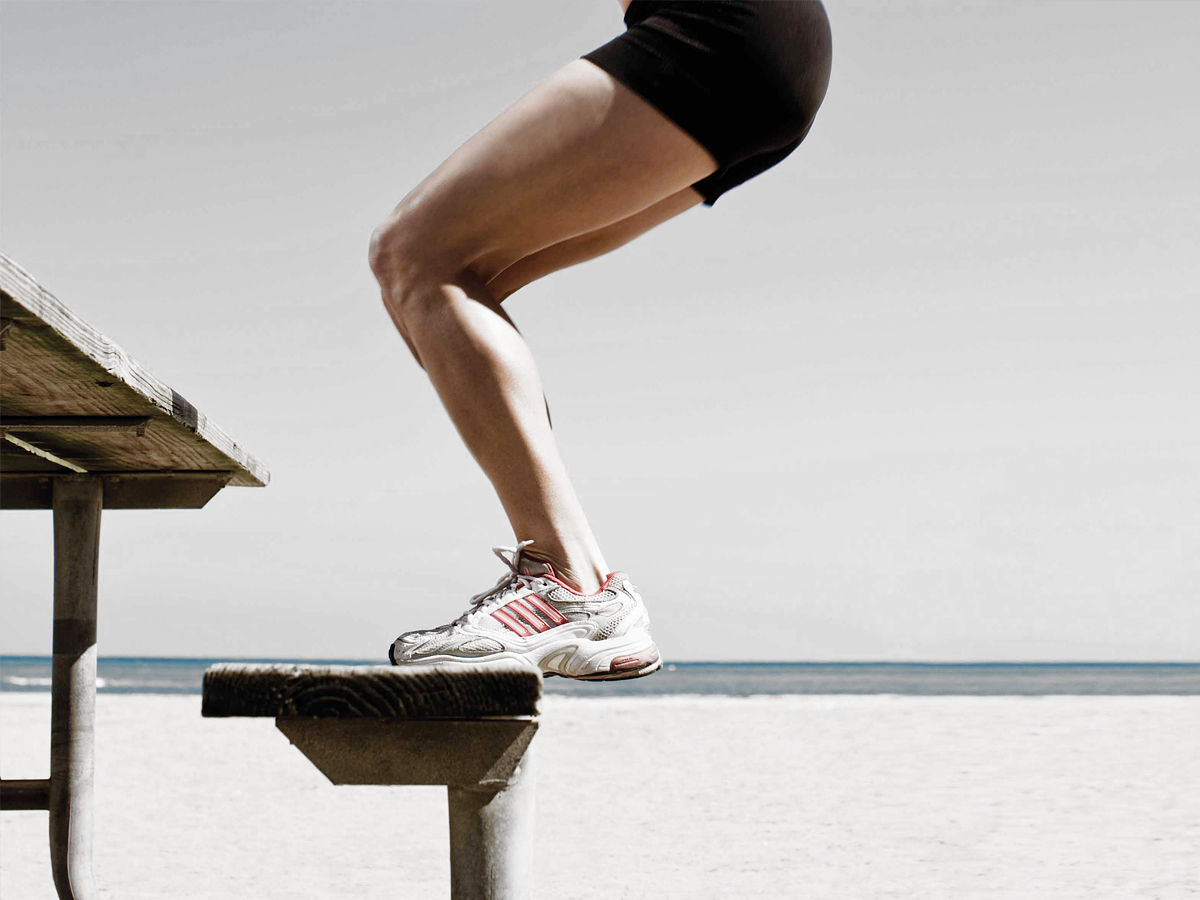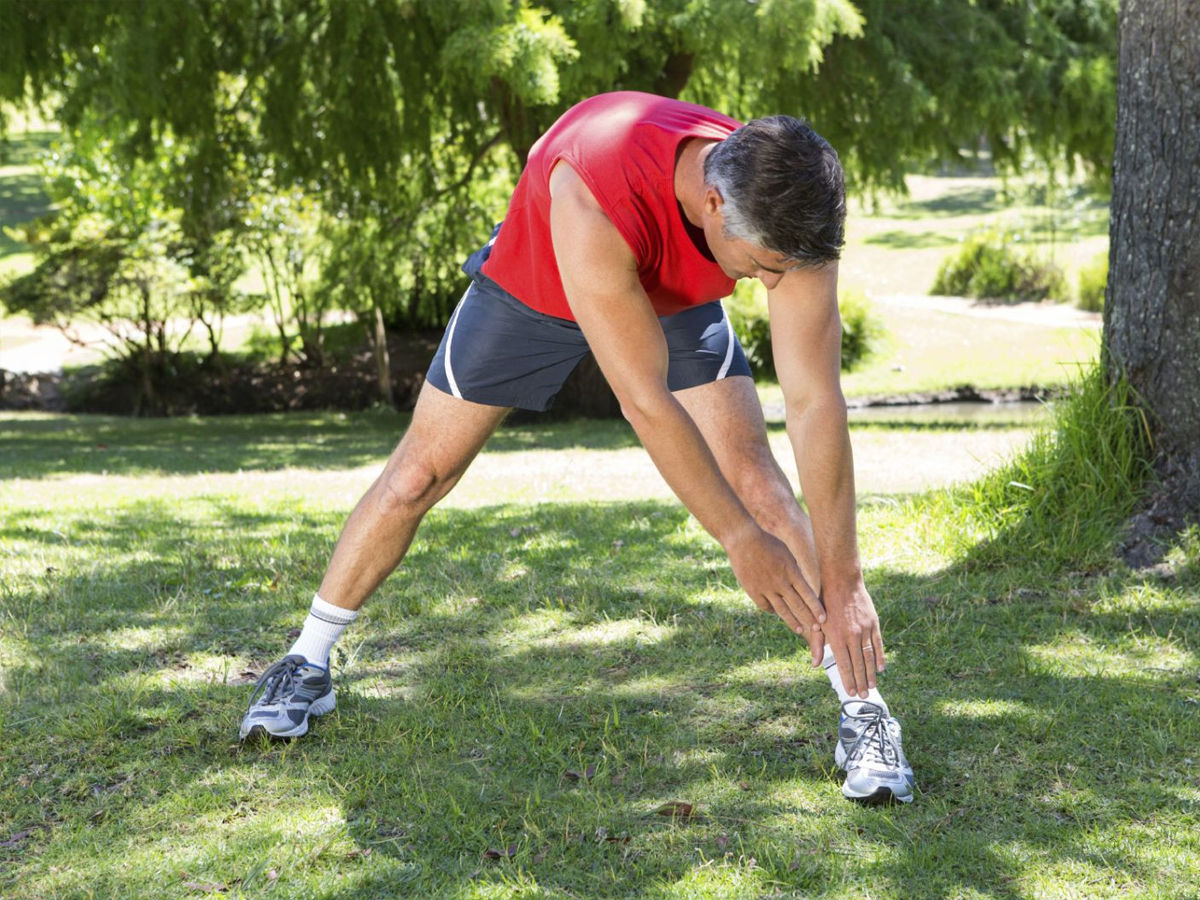This year has been a challenging one for mankind with the survival of the global population at stake. Being confined to the four walls of your home might sound a great idea until you are asked to do that for over 3 6 months. But the extraordinary situation in front of us demanded extra caution and going out became a luxury during these times. A lot of things got affected due to this new normal including the growth of businesses, work at the offices and our fitness. Gyms were closed for several months and we were left with no choice but to work out at home just like work at home.
But with limited equipment and limited space, achieving the fitness goals that we set for ourselves became difficult and we all had to compromise with the little growth we got. But thankfully, things are returning to normal no and gyms have opened in different parts of the world. While we have overcome one challenge, another one awaits us. Yes, the new challenge is adjusting to your gym workouts and getting your initial form back after returning to the gym after such a long break.
This is a challenging task and many people may lose the motivation to start again. But remember the goals you set for yourselves and start working out again. As far as getting the old form back is concerned, we’re here to help. We will guide you to get your form back and adjust to the gym workout like good old times through a 7-point blog.
Start With Lighter Weight

You might have lifted heavyweight and mastered heavy deadlifts during your gym days but keep in mind that you are back after a long break. While you might have continued to work out at home too and haven’t lost the strength of muscles, remember that you worked out at home with lighter weights. Your muscles might have fallen out of the habit of lifting heavyweight and in such condition, subjecting them to high amounts of tension might not be a good idea and might result in fatigue or sprain.
Start with lighter weights and increase the weights slowly once you are comfortable enough with the lighter weights. Use of resistance bands for strength building is also a good idea. Do this for the first few weeks and soon you’ll be lifting heavier weights.
Getting Back the Frequency
Working out at home and working out at the gym are two different things. Working out at the gym includes lifting higher weights, more variations and higher intensity. Muscle memory plays a key role in heavy exercises and you need to give yourself some time to build muscle memory.
You don’t need to go to the gym 6 days a week because you used to do it earlier. Start with 4 or 5 days a week and see how your body responds to it. Increase the intensity slowly and once you feel that your body can take more, get back to your initial form.
Warming Up Properly

A lot of people can’t figure out where to start after they return to the gym after a long break. You don’t need to wonder where to start. Start with a good warm-up. Warm-up is very necessary for working out at the gym.
While working out at home, the warm-up can be skipped as you lift lighter weights and do fewer variations. But in the gym, you are prepared to subject your body to a really intense workout. Hence, don’t forget to warm up your joints and your muscles before you start the actual workout.
Sufficient Rest

Another important factor of working out is proper rest. A lot of people tend to hurry between two sets in a bid to get the old for back quickly and make up for the lost time. Wrong! You don’t need your muscle fibres to tire out. Slow and steady wins the race. Only a proper rest can provide your sufficient time for recovery. And your muscle fibres need time to recover before another intense set. If they do not get proper rest all your efforts might go in vain.
Also Read, More Weight vs More Reps: The Secret Behind Building Muscle Mass
Fewer Exercises

Since you have fewer dumbbells or weights at home, it is natural that you were doing fewer variations of exercises for different body parts while working out at home. Your body will require some time to get out of this habit.
Once you return to the gym, do not try to lift whatever weight you see lying on the floor. One suggested way of starting out is beginning with compound movements like squats, shoulder presses and bench presses. Instead of assigning a day each to different body parts, assign alternate days to push and pull exercises for starting few days. You’ll automatically grow strong and start lifting heavyweights.
Cooling Down Properly

A lot of people including beginners as well as experts ignore this aspect. Make sure that you sit comfortably for 5 to10 minutes and drink a glass of water after you’ve finished your workout. Do not walk out of the gym immediately after finishing the last set unless you have errands to run. Sitting comfortably for a few minutes after the workout allows your heartbeat to come down to the normal rate. It also helps in reducing the soreness and plays a critical role in post-workout recovery.
Reassessing Your Expectations
You might have set some fitness goals when you started working out. But a six-month break is long enough to hamper the progress and you need to keep a tool of the amount of muscles and strength you lost during the break. After assessing all these things, you need to set realistic expectations for yourself. Even a little progress is progress and you will certainly reach your destination whether your run or you crawl. There’s no need to get frustrated. Focus on consistency and form and soon you’ll be back on the right track.
























